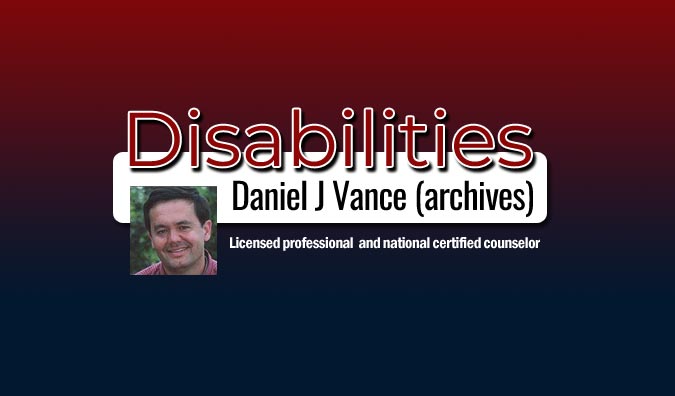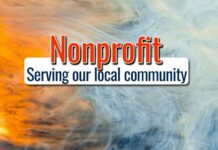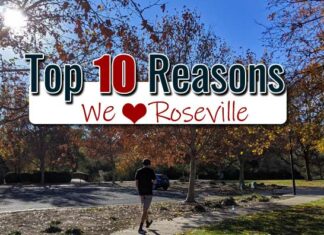When born in 1969, no one realized Lance Cariveau was deaf. “In fact, Lance was more than a year old before a doctor diagnosed him,” said 47-year-old Yvonne Cariveau, Lance’s sister, in a telephone interview. “We hadn’t been able to understand why he wasn’t talking or interacting well with people.”
After the diagnosis, Yvonne, at age nine, began taking her baby brother on as her “project” to help him become better adjusted to life.
“So when he was three, we began walking around the neighborhood holding hands,” she began, “and we would walk up to a tree together. I would put his one hand on my throat (to help him feel the vibrations) and make him look at me while I said ‘tree.’ I wanted him to learn how to talk so he could tell people what he wanted. We did that for about three years. We walked up to different trees, plants, and rocks, for example, and I would teach him the words. He felt the motion on my throat, saw my lips, and tried copying me. He said quite a few things, but wasn’t very clear. It is hard for deaf people to modulate their voice.”
Now fast forward to 2009: Today, Cariveau owns website services company VoyageurWeb and has become an expert on making business websites accessible for people with disabilities. She said an increasing number of businesses nationwide have been making their websites accessible in order to tap into the purchasing power of the millions of Americans with disabilities. (Remarkably, she said, many schools and government agencies still don’t have accessible websites.)
What makes a website accessible? “For one, many people with hand tremors have difficulty using a mouse and because of that can’t fill out online forms to make purchases,” she said. An accessible website lets customers move between sections of a form using only the tab key.
In addition, an accessible website has contrasting colors to help people with color blindness and a “clean” background for people with vision challenges, she said. It also has large-sized fonts, doesn’t use bright yellow or red lettering, and has alternative text behind every website image in order for blind people to “read” it. Also, an accessible website lets users change font sizes.
She advised, “It’s to the economic advantage of business owners selling online not to exclude any customers that have money to spend.”
(21+ years strong)
Welcome to the brighter side!
Get in front of local customers! 24/7 (365)





















